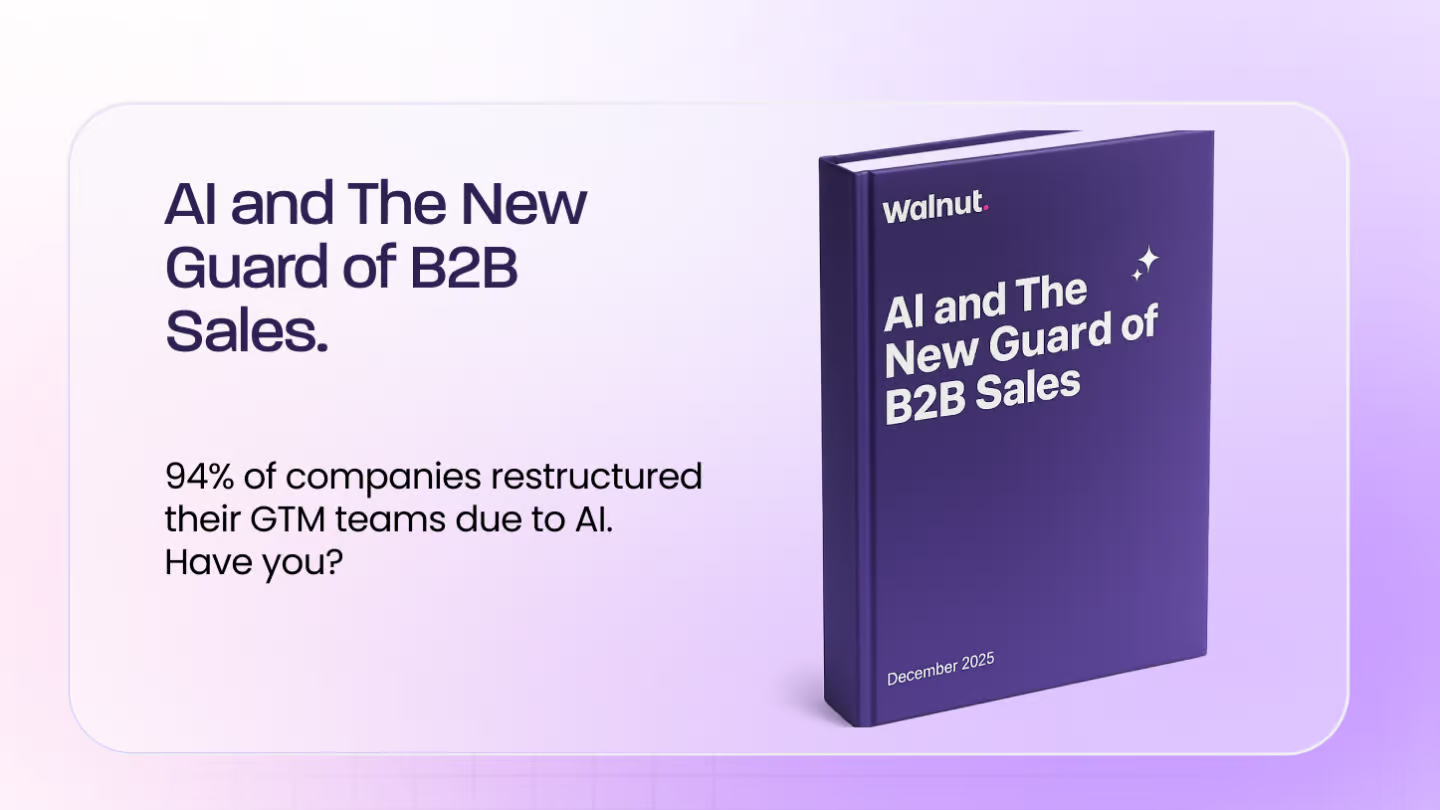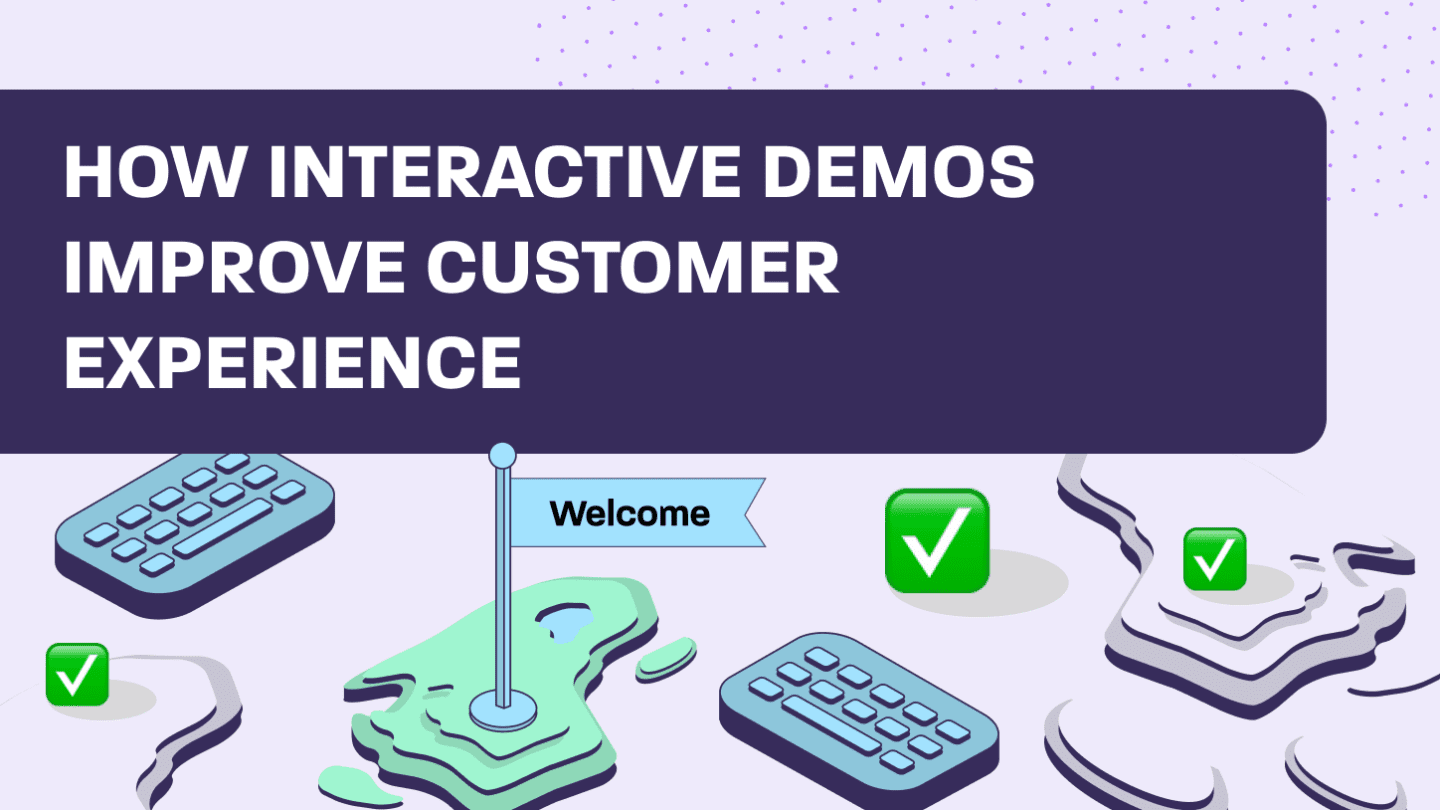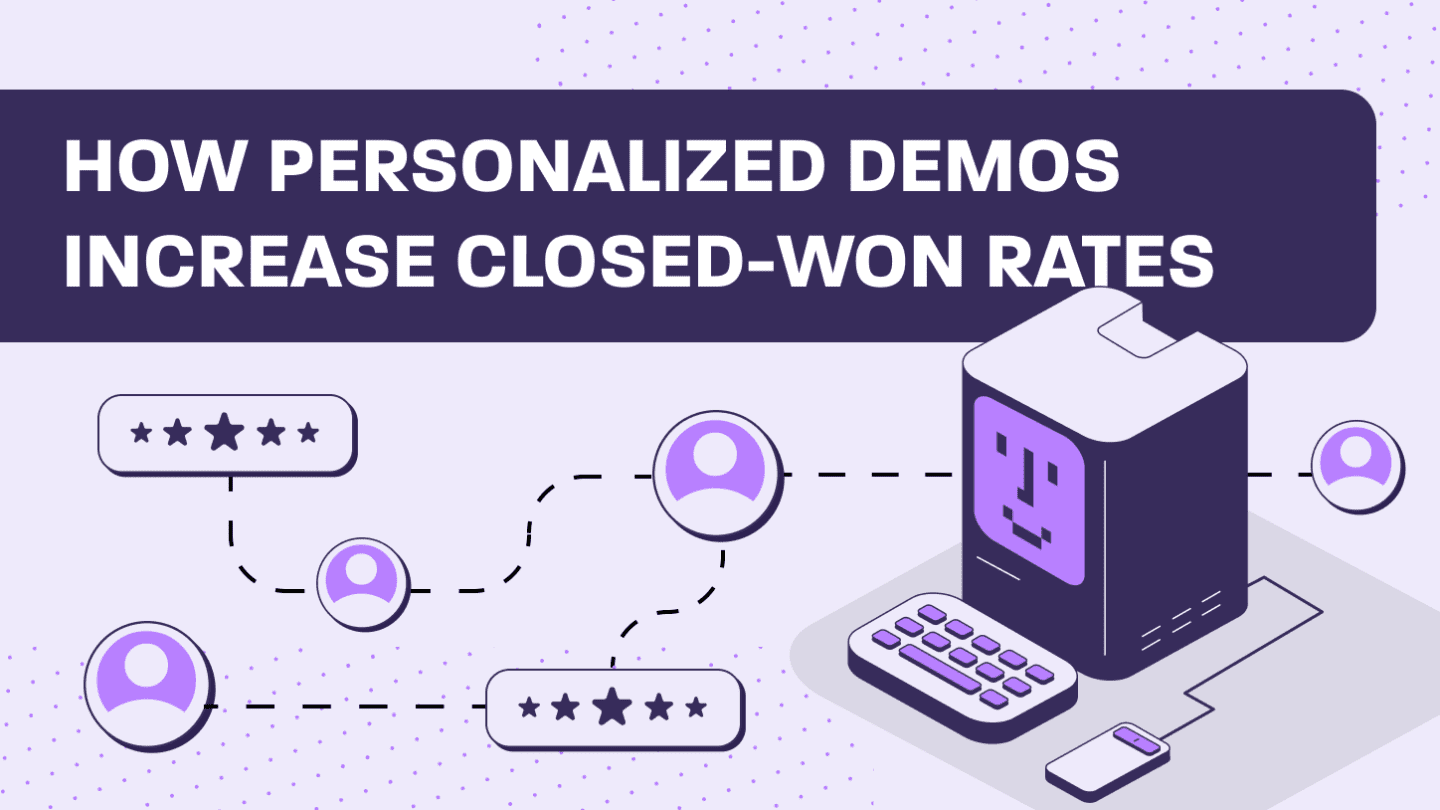Sales are the lifeblood of any SaaS business. The shorter the sales cycle, the better. The faster sales close, the quicker the company can expand.
The most effective way to close a deal is to find the purchasing decision-maker of the prospect company. Salespeople can waste hours, days, and even weeks of effort nurturing a prospect only to discover that they don’t have the authority to make the final decision. And you don’t want this to happen to your sales team.
This article explains how to identify the key players in your prospect’s organization to make sure your contract arrives in the right hands.
Why the traditional job title based approach doesn’t work
Many business development representatives assume that a sales decision-maker holds a specific job title and identifies their prospects accordingly. However, the title of the decision-maker can vary from one company to the next.
When you perform a LinkedIn search using only one job title, you may miss several valuable decision-makers in the process. If you want to generate more leads, you must understand the organizational structure.
Using the profile-based approach to find leads
To avoid speaking to the wrong person in a company, salespeople should spend time defining what decision-makers look like. This is called profiling.
When targeting a company, examine its revenue, industry, and number of employees. Identify the various job titles and duties on LinkedIn. If you are pitching to a start-up, you could go straight to the CEO. A large corporation may have an entire procurement team that needs to sign off on new deals.
The more comprehensive your decision-maker profiles are, the more success you will have in finding the right decision-maker.
This process of elimination will also help you gather intel to create a valuable demo, personalized to the decision-maker.
Identifying sales leads
In an ideal world, you will identify the decision-maker immediately, set an appointment, and close the deal right away. In reality, you may encounter several other key personas while sourcing B2B Sales Leads and appointment settings.
You need to know how to approach each of these personas according to their profile in order to increase your chances of closing the deal.
The Gatekeeper
Getting past the gatekeeper in sales is a common challenge. The gatekeeper is usually an executive assistant or associate of the actual decision-maker.
A sales gatekeeper must protect their boss’ time and capacity. They are used to fielding sales calls and putting up barriers between the salesperson and the decision-maker.
Some salespeople try to circumvent the gatekeeper by phoning after hours or obtaining the manager’s cell phone number. Don’t work around the gatekeeper. Use them as an ally.
The gatekeeper is the decision-maker’s right hand. Building trust with the gatekeeper can go a long way towards closing the sale.
How to get past gatekeepers in B2B Sales
If you have identified a gatekeeper, nurture the relationship like you would with a decision-maker. Ask questions and use the gatekeeper to gain insights into pain points their company (and their boss) are facing.
You could ask questions like:
- “I noticed you’ve recently launched XYZ. How is it going?”
- “What have been some of the challenges you’ve faced recently?”
- “We’ve worked with a company called XYZ that’s very similar to yours. They experienced difficulties with (example). We were able to turn it around for them. Do you think you might want to set up some time to hear more?”
When you have convinced the sales gatekeeper, they can help you reach the decision-maker.
The Influencer
The influencer is another significant B2B marketing sales lead you’ll encounter during the sales process. He is typically a junior-level employee that has to research solutions for the decision-maker and present them with all the available options and recommendations. They may keep you from speaking to the decision-maker because they want you to show them all the possibilities first.
Don’t dismiss the influencer. While the influencer can’t make the final decision, they can influence the decision-maker.
Provide them with rich sales materials that can help them state the case for using your company when they speak to the decision-maker. Make comparisons between your company and the possible competitors to explain your product’s unique value.
Things you can say to the influencer:
- “So, if you are comparing companies like ours, you’ve probably looked at Company A, and Company B. Here’s what we offer that they don’t.”
- “Let me email you our deck that shows you what we do for companies like yours.”
- “I’ve just sent you a link to a review that compares our company with two other similar companies. If you look at the last page, you can see that our prices are higher, but our solution is much more comprehensive.”
The Blocker
If you encounter a blocker, find influencers or other primary contacts to work with instead. The blocker is someone that may appear to be an influencer at first but soon blocks your calls and stops replying. Blockers can waste your time when they’ve run cold (i.e., when they suddenly stop responding).
There are three strategies you can use to overcome the blocker:
- Go over their heads
If you suspect someone is blocking you, use your conversations to determine who the actual decision-maker is. Try other avenues to reach the decision-maker directly, e.g., LinkedIn, phoning a different number, dropping by the office, or asking to speak to their executive assistant.
- Provide them with enough details to convince the decision-maker
Often blockers want to appear important. Make sure they understand the benefits of your solution. If they can take your presentation or demo to the decision-maker directly (and make it seem like their idea!), they might feel like they’re bringing value to the company – and eventually convince the right players to meet with you.
- Keep looking for new points of entry
Never dismiss a prospect outright. Keep an eye on the company for new hires or organizational changes that may present an additional opportunity. After all, as Derek Grant, SVP of Market Strategy at SalesLoft told us, the worst sales mistake is to stay single-threaded.
The Decision-Maker
The decision-maker is the one to impress and convert. Sometimes it’s the C-suite, other times it’s the CTO or the VP Marketing. The real decision-maker is whoever has the buying power and can access the budget.
Determine who has the ability and desire to access your product. Let’s say your business correlates marketing and social media analytics in a single platform that they can use to engage with detractors. The CEO might have the ability to buy your software, but he probably doesn’t see the use. In that case, you want to target the Marketing Director or the VP Marketing. They will get the budget approved internally.
Beware of the self-proclaimed decision-maker. This person may claim to be in charge but doesn’t have the authority to sign the final check. Verify their role with an influencer if possible.
Once you have verified the correct decision-maker, you can start preparing an effective demo to convert them.
How to engage the decision-maker
You’ve gone through great pains to find the right prospect to engage with and have finally gotten an appointment. Now you need to shine.
Decision-makers hold the real power in the organization, and their decisions will impact the business for better or worse. If they choose the wrong vendor, they will be held solely responsible.
You need to make the appointment count and prove that you are the ideal solution to their problems. A practical product demo is almost guaranteed to convert customers. A product demo allows prospects to envision how they will use the product and how their business will benefit from it.
Going through the decision-maker and influencer can work in your favor here. Use your existing contacts to determine specific pain points you know the decision-maker is aware of and trying to solve.
Making the demo count
Many businesses do their product demos poorly. The technology fails, or the demo itself is too generic for the prospect to relate. A poor demo can ruin the trust you’ve been fostering with your prospect over time.
A converting demo demonstrates value, not just features. Effective demos are customized to show how your solution can remedy specific pain points. You should always build your demos with the customer’s perspective in mind.
Walnut can help your SaaS business create failure-proof, interactive, and personalized demos – without coding. It allows you to tailor each demo according to your prospect’s unique needs, and to collect insights on their usage. Once they see how your solution works in their real-world environment, you will have them hooked.





